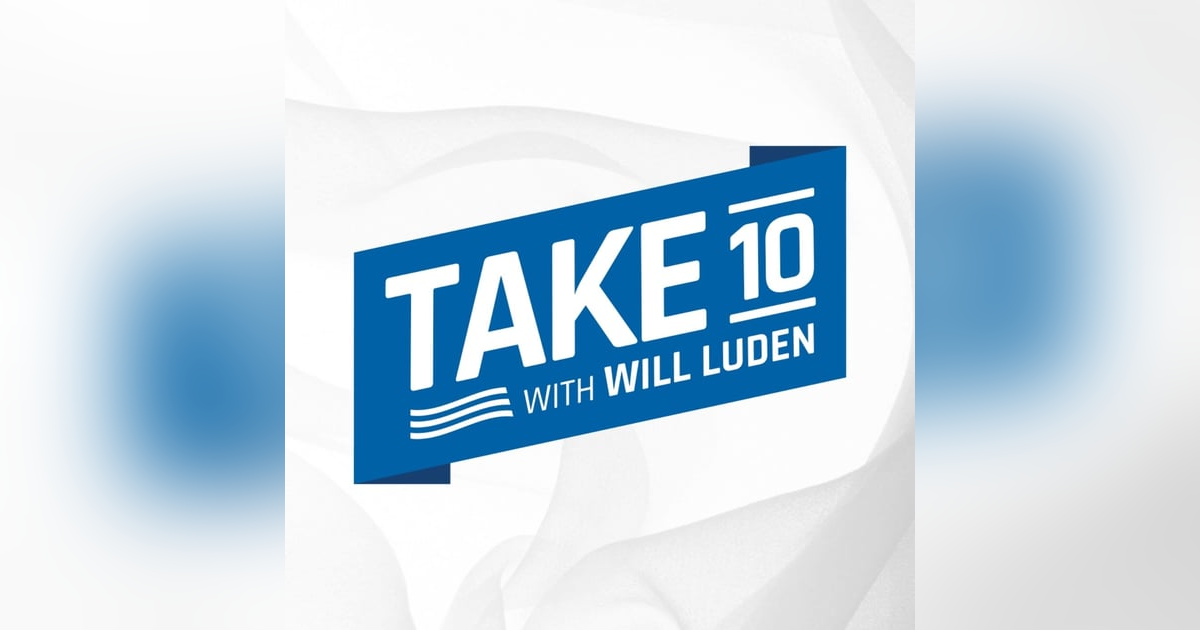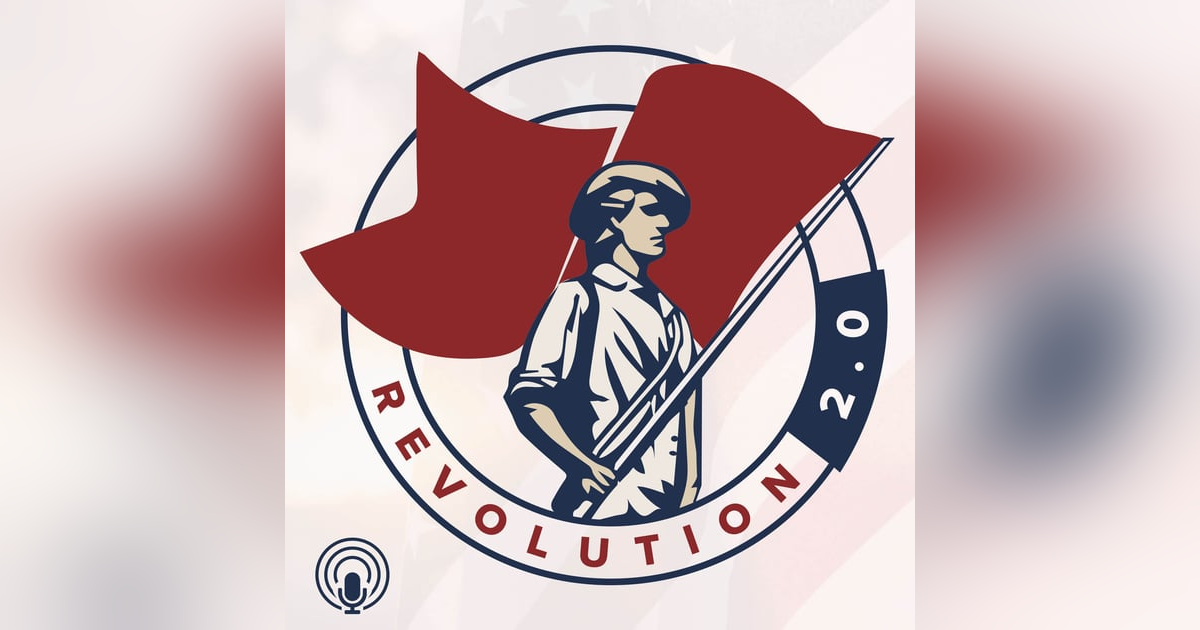Introduction
The almost two trillion dollars to be allocated is being promoted as the third COVID Relief Package. How much is going to COVID relief, and how much is going to further other agendas?
That is the subject of today’s 10 minute episode.
Continuing
“Our money?” You bet it is. We need to have politicians and bureaucrats who see and spend taxpayer money as if it is their money. And before we are likely to insist on having politicians and bureaucrats with that mindset, we need to think that way ourselves. We need to see and spend every single taxpayer dollar as if it is indeed our money–demanding accountability and worthwhile results for every bit of it.
Our belief at Revolution 2.0™ is that if we want better candidates and office holders, then we need to be better voters. To that end, we need to start with being well informed. Let’s do an analysis of the so-called Coronavirus Relief Package.
Any COVID relief package should focus on four areas:
- Helping those unemployed by COVID and COVID restrictions.
- Helping businesses harmed by COVID restrictions.
- Getting kids back in school where they can resume their interrupted learning.
- COVID itself.
- Finding more ways to get vaccines into arms faster.
- Better COVID treatments, therapeutics and testing.
How much of our $1.9T will be spent on those four areas?
- The individual payments of $1,400 we are told will cost $600B. I am not sure how that arithmetic works; if we paid out $1,400 to all 330M of us, that total would be $462B. And that’s not the only less than transparent part of this spending plan. If you dig, and I did, it looks like the additional Child Tax Credits are tossed into this $600B number. Many of these individual payments go to those who were unaffected financially by COVID, e.g., workers who simply had to contribute remotely instead of going into the office, and those for whom there was no change in either compensation or workplace. Individual payments to those who were financially hurt by COVID and the COVID restrictions are a good idea; mailbox money for those not economically affected by COVID is a bad idea. If we’re generous and say that 150M people were hurt economically by COVID and the COVID restrictions, this COVID relief number should be $210B.
- Vaccine delivery and testing. $50B. Good.
- Reopening schools. $170B. This one looks good but does not pass the page two test. Only 5%, $8.5B, will be spent in 2021. The other $161.5B is simply added school funding in later years. Not necessarily a bad idea, but not at all related to COVID relief.
- Rental assistance and emergency housing. $35B. Good idea, honest COVID relief.
- Additional PPP, Payroll Protection Plan. $150B for payroll assistance for employees of affected businesses. Good idea, especially with tightened rules and regulations compared to the first PPP.
Let’s add up what we have so far: Individual payments, $210B; Vaccine delivery and testing, $50B; School reopening, $10B (rounded up); Rental assistance and emergency housing, $35B; PPP, $150B. That’s a grand total of $435B going to actual COVID relief. Q. Where is the other $1.465T headed? A. Places like $350B in relief for states, child tax credits and additional child care, transit, increased unemployment benefits and school funding beyond 2021, and increased subsidies in support of the Affordable Care Act. Those are classic Democratic talking points and agenda items, and they have nothing to do with COVID relief. They must be labeled differently, and be considered and debated separately.
Five specific considerations:
- The Congressional Budget Office estimates that $700B, more than a third of the proposed spending, will not be spent until 2022 or later, undermining the claim that these are urgently needed relief funds. Yet President Biden stresses that, “We have no time to waste.”
- Sending out mailbox money will not increase consumer spending; opening up the economy, allowing people access to restaurants, bars, malls and airplanes will. Near record levels of savings are evidence that consumers have the money to spend, just too few places to spend it.
- The $350B in state relief might sound good if you live in a place like New York that was already spending too much prior to COVID. On the other hand, California has a multi-billion dollar surplus, Florida has not dipped into its rainy day fund, and Utah’s revenues have risen by double digits. Twenty one states had revenue increases in 2020. Like the individual payments, state aid needs to be done by circumstance and need, not just handed out to all of them.
- Extending unemployment insurance past mid-March is a good idea, but returning to paying some 50% of those unemployed more than they would receive from working is a terrible plan. The last thing we need is more employment disincentives.
- The House passed this bill including the doubling of the federal minimum wage to $15/hour. In the name of COVID relief. The Senate Parliamentarian is at least temporarily blocking that provision from consideration in the upper house.
And two macro considerations:
- Will this stimulus overheat the economy? Since last Fall, everything that I have been reading has credibly predicted a major uptick in the economy in March or April of this year. The Biden administration has been downpaying these predictions, likely because it wants to point to what they are doing as the cause for the economic recovery, rather than having to admit that much of it was already in progress. The biggest danger in overheating the economy is inflation.
- Adding to the national debt, which is rapidly approaching $30T. To put that amount into perspective, the national debt in 1900 was $2B, in 2000 $6T, in 2008, $10T. A short 21 years later, we are looking tripling that amount to $30T. For the first time, our national debt is more than our annual GDP, our annual Gross Domestic Product, the market value of all the finished goods and services the US produces in a year. We have to pay interest on that debt; in 2020, with a debt of $27T and a low interest rate of 2.0%, we paid $376B in interest. Interest only. If inflation raises its ugly head, and interest rates increase while the debt itself keeps rising, the annual interest could easily double. For perspective, the Defense budget in 2020 was $722B.
Today’s Key Point: Truth in advertising is at least as important in political claims as it is with commercial advertising. Many of the same people who demand that advertised pharmaceuticals include every possible downside in their ads, and insist that foodstuffs come with exact calorie and grams of sugar information, are happily misleading us about what is in this bill and what it is intended to do and create. The $1.9T in contemplated spending must be split into two bills and voted upon separately: Something like $700B for actual COVID relief, and $1.2T for the other items.
Do you have any action items here? Are you going to pass this episode along to others? Contact your state and federal representatives? Write letters to the editor, or call into a talk show? Or are you okay with all of this?
We’ll close with a fun thought: The Hippocratic oath, seen by physicians as sacred, includes the admonition to, “First, do no harm.” Perhaps we should hold our politicians to that same standard.
Tell me what you believe. I and many others want to know.
As always, whatever you do, do it in love. Without love, anything we do is empty. 1 Corinthians 16:14
Contact
As we get ready to wrap up, please do respond in the episodes with comments or questions about this episode or anything that comes to mind, or connect with me on Twitter, @willluden, Facebook, facebook.com/will.luden, and LinkedIn, www.linkedin.com/in/willluden/. And you can subscribe on your favorite device through Apple Podcasts, Google Podcasts, Spotify and wherever you listen to podcasts.
If you liked today’s episode, other episodes or the revolution2-0.org site itself, visit the store for some fun items, comment, subscribe, and encourage others to subscribe with you. Each One Reach One will help spread the word about Revolution 2.0™.
Will Luden, coming to you from 7,200’ in Colorado Springs.

